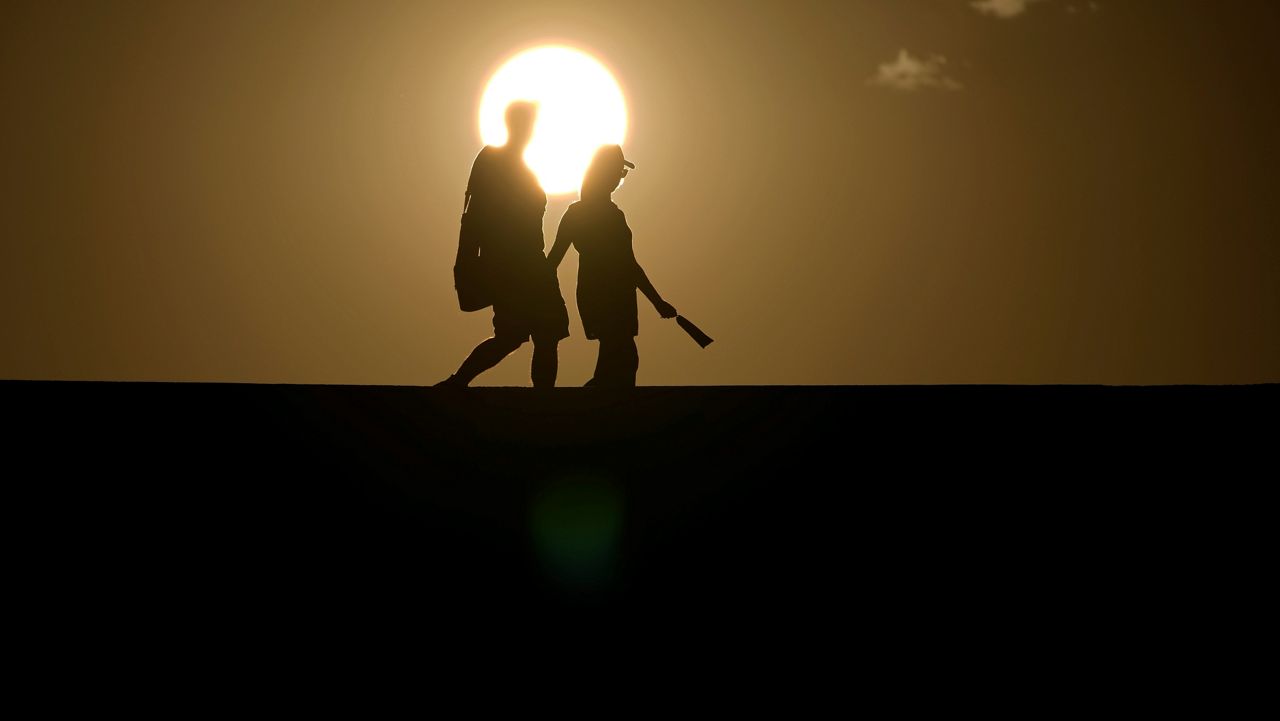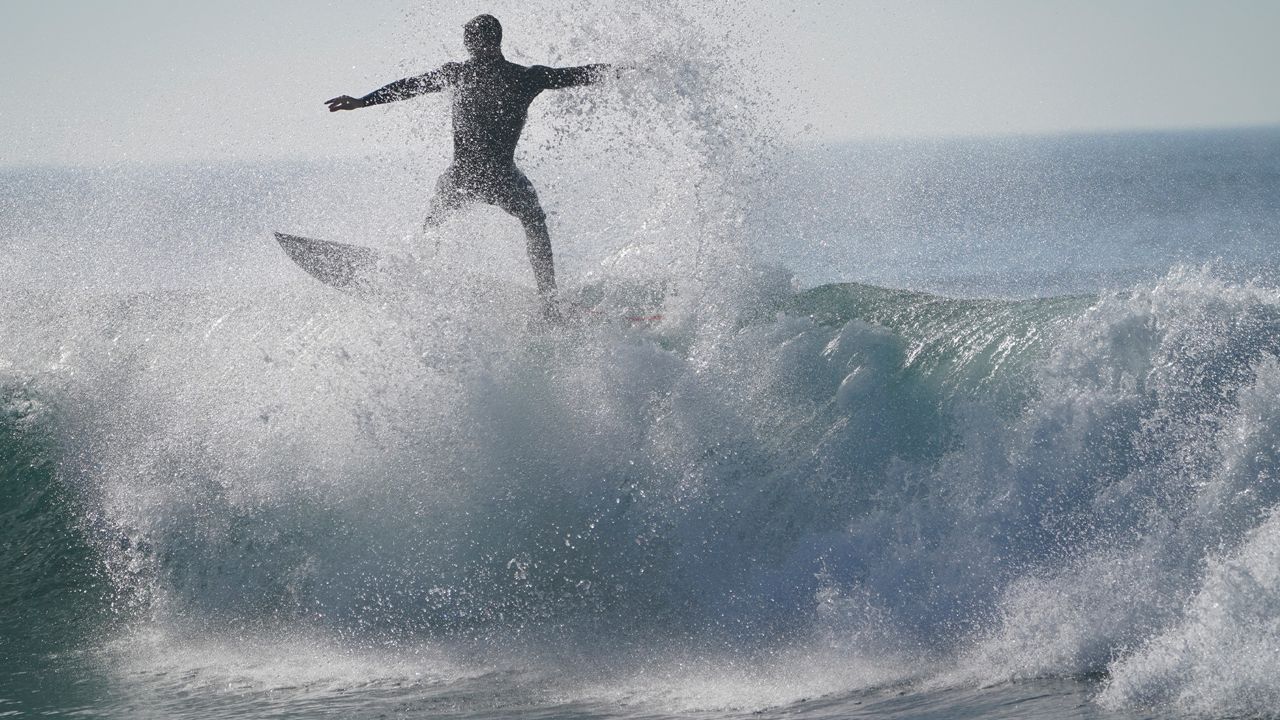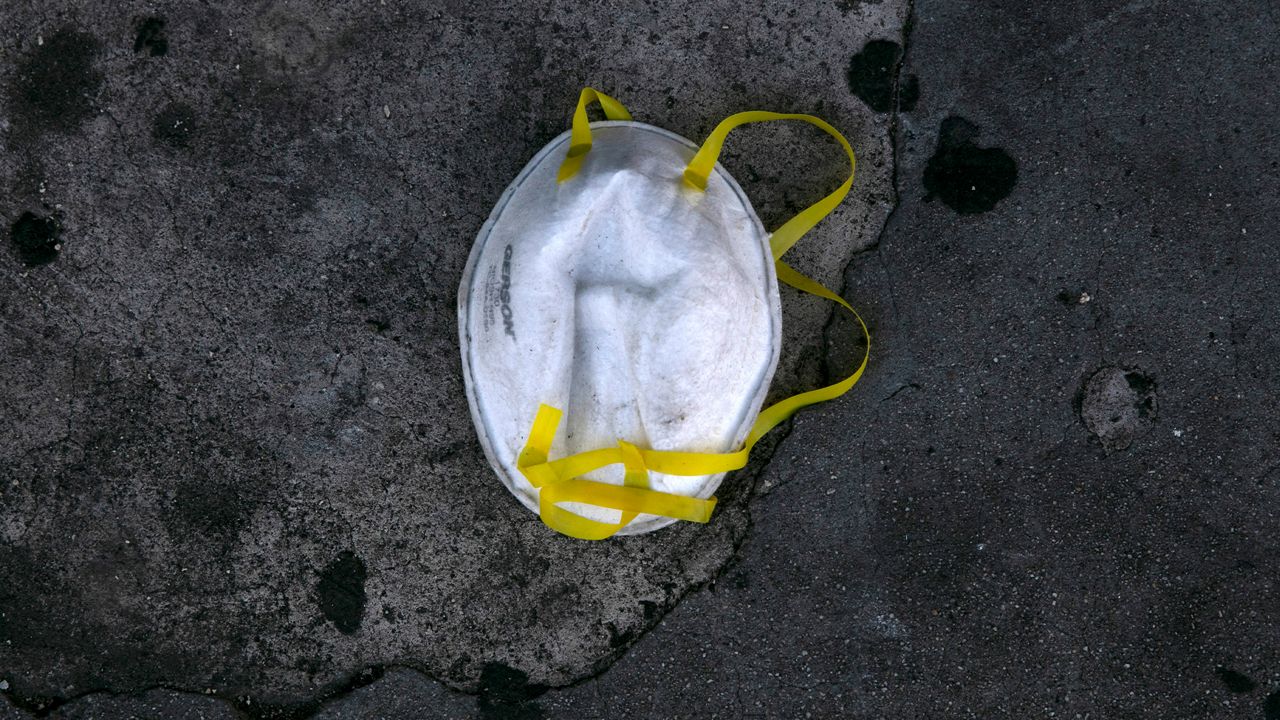LOS ANGELES — Hope is at the core of conservation, so it makes sense that the ambassador for the California Condor Recovery Program at the Los Angeles Zoo is a bird named Hope. But while she may be the face of the zoo’s commitment to conservation, Dr. Jake Owens is the heart.
“We can never do enough,” Dr. Owens said, standing in The LAIR, which stands for Living Amphibians, Invertebrates and Reptiles. “But we can do more.”
Two years after joining the zoo as the director of conservation, he’s been instrumental in crafting the institution’s first-ever Conservation Strategic Plan. The five-year plan focuses on six key elements including conservation translocation – which involves, among other things, reintroducing animals raised at the zoo back into the wild, as they’ve done with the condors.
Animal keeper Mike Clark has worked with the species for more than 30 years.
“When I started there were only 30 birds in the whole world and now we have over 500,” Clark said.
At the time, he says, what they were doing was kind of uncharted territory.
“We were having to make it up as we went,” he admitted. But with time and patience and expertise, it worked.
“We had to really work on our rearing techniques and socialization techniques,” he said. “When you are returning them to the wild, they need to be prepared to deal with the wild. We don’t release the chicks that we produce now until they are about 2 years of age. So it’s a long process.”
That’s one lesson they’ve learned along the way and there were certainly others. Dr. Owens says the big takeaway from this success story is simply “that we can do this.”
But they can’t do it alone, which is why another focal point in the plan is human wildlife co-existence. From lead in bullets poisoning condors to rat poison killing mountain lions, Dr. Owens says the only way to remove certain threats is to explain to people — like hunters and homeowners — why they should alter their behavior.
“It’s not about their actions,” he said. “It’s about how their actions are impacting the species but we have to work together to solve it.”
Much of the zoo’s conservation effort take place behind closed doors. A small shack visitors probably assume is a storage shed is actually a breeding ground for southern mountain yellow legged frogs. Like the condors, this is another species brought back from the edge of extinction.
Over the course of the program, they’ve released roughly 4,000 frogs and tadpoles into the San Jacinto and San Gabriel Mountains. Ian Recchio, who oversees the zoo’s many rare reptiles and amphibians, is preparing the next batch.
“The eggs have all hatched at this point and we are preparing the tadpoles to be released back into the wild,” he said, surveying the next generation.
Like the condors, this project is also an example of another focus: California conservation.
“This is a frog that is only found in Southern California,” Dr. Owens said over the roar of the tank filters. “We shouldn’t be willing to let this species go extinct.”
Extinction itself, he explains, is natural, but at a very low level. That’s not what we are seeing now. The current rate of extinction is estimated to be 100 to 1,000 times higher than normal.
“Which might even be faster than the rate of extinction of dinosaurs,” Dr. Owens said, to put that in clear perspective.
It’s a pretty scary thought and the kind that makes talking about conservation with the general public tricky. Dr. Owens finds he has to walk a fine line, “to tell people what the threat is and what they can do about it without bumming them out so much that they feel like it’s helpless.”
There are other focal areas in his plan. Illegal wildlife trade, evidence based conservation (“a fancy way of saying science and research,” Dr. Owens joked) and social and environmental justice. He recognizes a need to attract a diverse group of people into the field of conservation. To foster inclusion, the zoo is offering paid internships specifically for candidates from underserved, underrepresented communities
“People are key to conservation,” Dr. Owens stressed. “If we can’t get more people into conservation jobs and leadership, more people from more backgrounds so we can have more ideas, we’re not going to be successful.”
It’s an ambitious plan with a lot to accomplish in five years and he says it’s just the beginning. The real hope is that this plan will lay the groundwork for the zoo’s conservation efforts to really take flight in the next decade and beyond.











